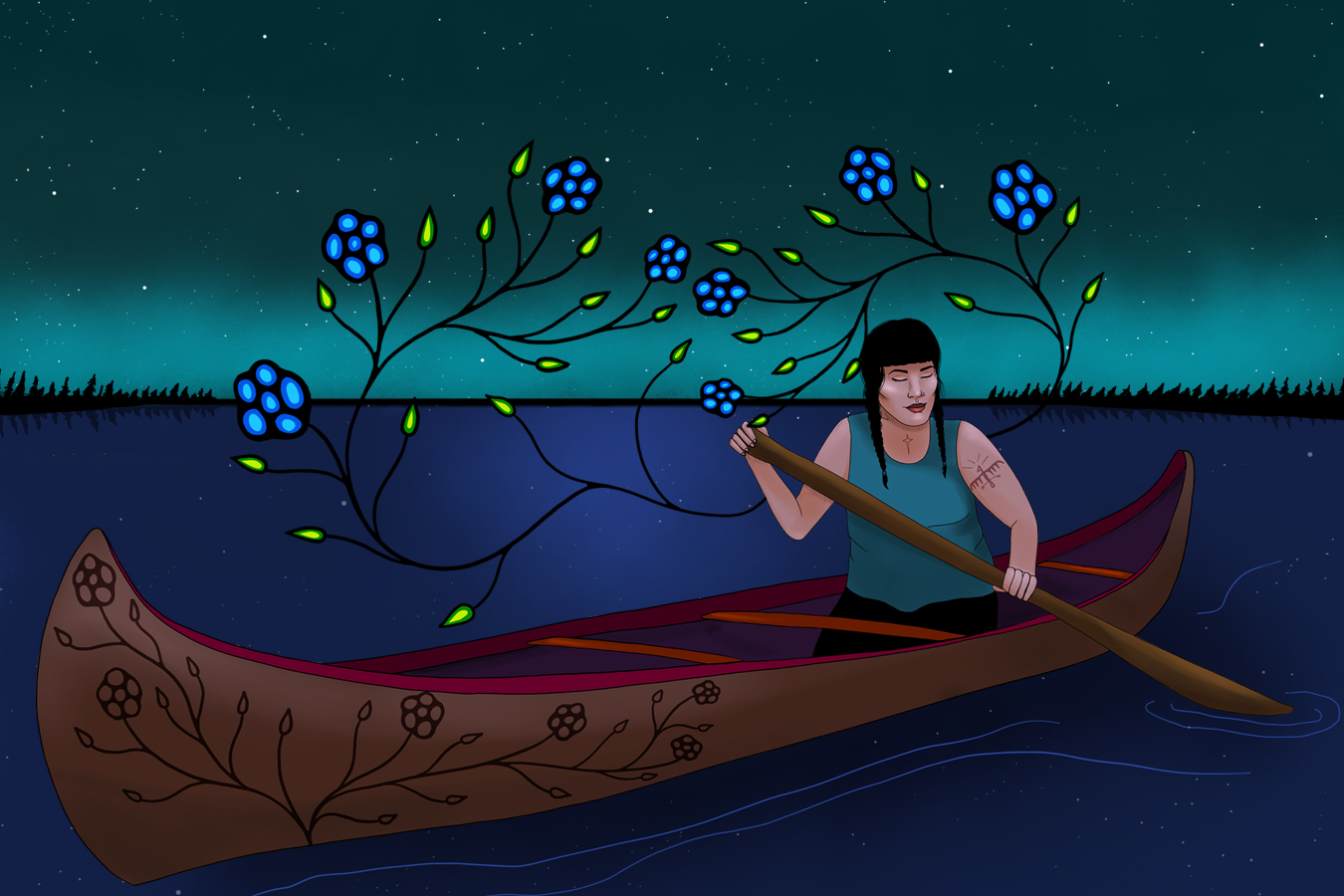Honoring Original Indigenous Inhabitants: Land Acknowledgement

Land acknowledgment is a traditional custom that dates back centuries in many Native nations and communities. Today, land acknowledgments are used by Native Peoples and non-Natives to recognize Indigenous Peoples who are the original stewards of the lands on which we now live. Before public events and other important gatherings hosted by the National Museum of the American Indian, a speaker offers this acknowledgment displayed in the quote container on behalf of everyone present.
After millennia of Native history, and centuries of displacement and dispossession, acknowledging original Indigenous inhabitants is complex. Many places in the Americas have been home to different Native Nations over time, and many Indigenous people no longer live on lands to which they have ancestral ties. Even so, Native Nations, communities, families, and individuals today sustain their sense of belonging to ancestral homelands and protect these connections through Indigenous languages, oral traditions, ceremonies, and other forms of cultural expression. The museum’s acknowledgment is intended to recognize the Indigenous peoples who have lived where we now work over the longspan of human history and the large contemporary Native population that lives in the Washington area and New York City today.
When people ask for guidance in making land acknowledgments, we suggest reaching out directly to local Indigenous communities and to Native Nations forcibly removed from the area in the past to ask how they want to be recognized. Land acknowledgments can be spoken at the beginning of public and private gatherings, from school programs and sporting events to town halls.
Making a land acknowledgment should be motivated by genuine respect and support for Native Peoples. Speaking and hearing words of recognition is an important step in creating collaborative, accountable, continuous, and respectful relationships with Indigenous nations and communities.
